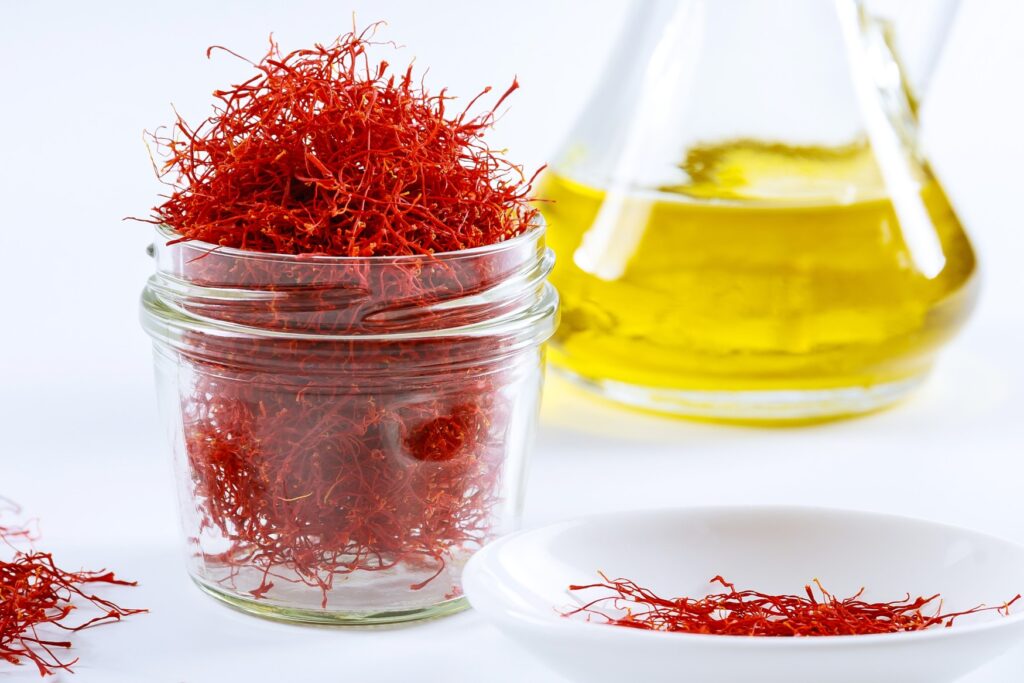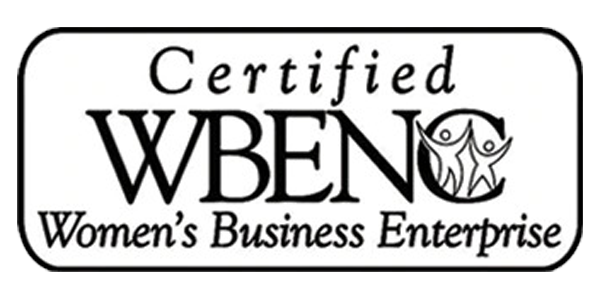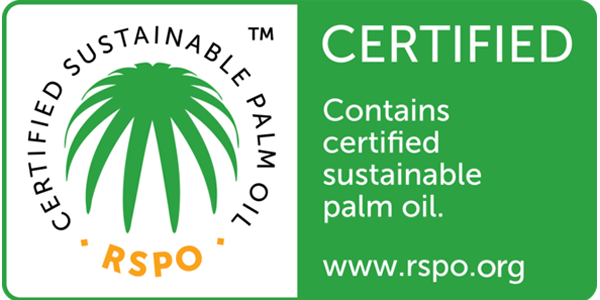One of the thriving natural products in today’s market is safflower oil. This ingredient makes a practical and safe option for cooking and skincare products. Get to know more about it below.
What is Safflower?
Safflower is a thistle-like plant, usually yellow or orange in color but may also have red or white depending on the variety. Safflower grows between 15 and 30 inches and its seed oil content ranges from 30 to 50 percent, depending on the variety grown and environmental conditions.
The taproot of safflower can penetrate to depths of 8 to 10 feet in deep soils. Due to its root system, safflower is more tolerant to drought than small grains and other oilseed crops.
How is Safflower Oil Used?
Safflower oil consists of two types of unsaturated fatty acids: those high in monounsaturated fatty acid triglycerides, principally oleic acid, and those high in polyunsaturated fatty acid, mainly, linoleic acid. Safflower oil, due to its fatty acids, helps in the absorption of fat-soluble vitamins which is important in hormone regulation.
Safflower provides three principal products: oil, meal, and birdseed. The predominant market is for those varieties that produce oilseed high in oleic acid and very low in saturated fatty acids. High-oleic safflower oil is lower in saturates and higher in monounsaturates than olive oil and is an agent in coronary artery disease.


What makes our Certified Organic Safflower Oil special?
Allyson Enterprises’ Certified Organic Safflower Oil is of the high-oleic acid type, typically containing about 76% oleic acid triglyceride. The oil has been refined, bleached, and deodorized to provide the cleanest product possible. The allergenic potential of our Certified Organic Safflower Oil is extremely low due to the level of residual proteinaceous material which is typically zero percent. This makes it hypoallergenic.
Cosmetically, safflower oil has an elegant, very lubricious feel and is relatively easy to emulsify. It provides gloss, smoothing, skin softening, emolliency, and conditioning. It finds multiple uses in sun care, hair care, skincare, and color cosmetic products. Typical use levels of safflower oil are 1–8% but body oils and similar products often use much higher levels.
Allyson Enterprises’ Certified Organic Safflower Oil is a product of the USA.
| Product Name: | Certified Organic Safflower Oil |
| Product Code: | 993-COSO |
| INCI name: | Carthamus Tinctorius (Safflower) Seed Oil |
| Origin: | Natural, vegetal, field-grown |
| Production method: | Expeller pressed |
| CAS No.: | 8001-23-8 |
| EINECS No.: | 232-276-5 |
| Compliance: | This product complies with the regulations of the US National
Organic Program. This product is kosher, vegan, lacto vegetarian, ovo lacto vegetarian, halal, and “GMO” free. |
| Microbiology: | Total bacteria count: <100cfu/g
Total yeast and mold: <10cfu/g Pathogens: none detected |
| pH: | Not applicable |
| Shelf life: | Unopened,12 months from date of manufacture |
| Storage: | Store in a cool, dry place, away from sunlight |
| Additives: | Citric acid as a processing aid as permitted by the US National
Organic Program |
Typical fatty acid distribution, found as triglycerides:
| C12:0 Lauric | Not detected |
| C14:0 Myristic | 0.10% |
| C16:0 Palmitic | 6.00% |
| C18:0 Palmitoleic | 0.10% |
| C18:0 Stearic | 2.00% |
| C18:1 Oleic | 76.50% |
| C18:2 Linoleic | 14.00% |
| C18:3 Alpha Linolenic | 0.10% |
| C18:4 Octadecatetraenoic | Not detected |
| C20:0 Arachidic | 0.40% |
| C22:0 Behenic | Not detected |
| C22:1 Erucic | Not detected |
| C24:0 Lignoceric | Not detected |
References
J Bergman, H Kandel, Safflower Production. North Dakota State University Education Department Extension Service, Bulletin A870 Revised 8/2013
J Smith. Safflower Oil. Bailey’s Industrial Oil & Fat Products 5th Ed., Y Hui, editor; 1996, vol.2, pp411-455
D Goodman, Safflower: Utilization and significance in nutrition and allergy. Journal of Allergy 35, 38-42, 1964. doi.org/10.1016/0021-8707(64)90047-4






